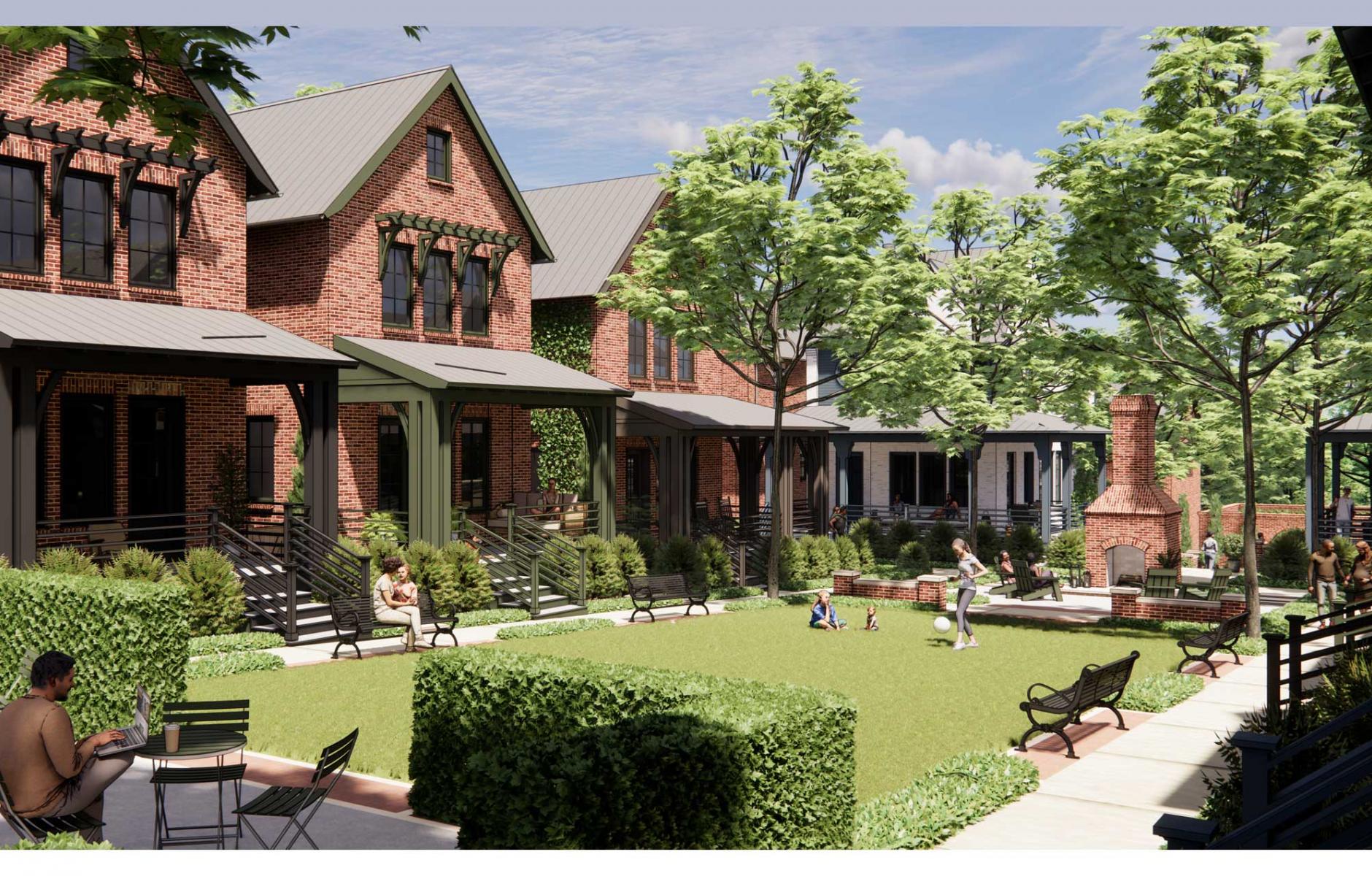Environment as Home and Neighborhood
The Basics

TITLE: Environment as Home and Neighborhood
AUTHOR: Artificial Intelligence (AI)
PERMISSION to publish clarified by AI: “In the United States, you can publish content generated by AI, but you generally cannot copyright content created solely by artificial intelligence because copyright law requires human authorship.”
-------------------------------------------------------------------------------------
The "environment" as it relates to home and neighborhood encompasses the physical, social, and economic conditions that impact an individual's and community's health and well-being. This includes factors like housing quality, access to resources like transportation and healthy food, and the presence of green spaces, as well as social elements such as safety, community engagement, and access to healthcare.
Home Environment: This refers to the conditions within a household, including the physical surroundings (safety, cleanliness), motional warmth, and provision of stimulating learning experiences. It's a space where individuals can find refuge and experience a sense of belonging.
Neighborhood Environment: This encompasses the broader context of where one lives, including the physical conditions (air and water quality, access to green spaces), built environment (housing, transportation), and social aspects (community safety, access to amenities, social support).
Impact: The environment significantly affects physical and mental health, social well-being, and even educational outcomes. For example, access to green spaces has been linked to reduced stress and improved physical health. Conversely, unsafe neighborhoods with high crime rates can negatively impact mental health and create barriers to accessing resources and opportunities.

Mission of the Congress for the New Urbanism (www.cnu.org):
CNU is dedicated to making the design of cities, towns, and neighborhoods a part of how we respond to complex societal challenges, realizing their full potential to expand the social, economic, and environmental opportunities available to all members of each community. By highlighting effective design principles and lowering barriers to change, CNU amplifies the grassroots power of our thousands of members to build and rebuild their communities in ways that improve sustainability, increase accessibility, and promote equity.